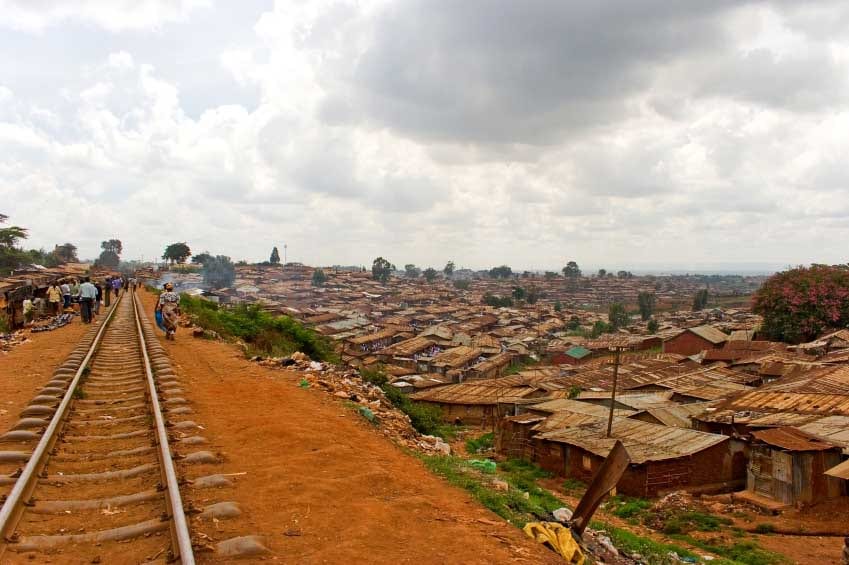Science, the international weekly science journal, published by the American Association for the Advancement of Science (AAAS) has covered the geothermal mapping research of Southern Methodist University’s Geothermal Laboratory, led by SMU geologist David Blackwell and funded by Google.org.
The Oct. 4 article “West Virginia is a Geothermal Hot Spot” by science journalist Eli Kintisch quotes Maria Richards, coordinator of the SMU Geothermal Laboratory, saying discovery of vast geothermal bounty in the coal state was a unexpected. “Nobody expected West Virginia to show up as a hot spot,” Richards is quoted.
EXCERPT:
By Eli Kintisch
Science
Researchers have uncovered the largest geothermal hot spot in the eastern United States. According to a unique collaboration between Google and academic geologists, West Virginia sits atop several hot patches of Earth, some as warm as 200 degrees Celsius and as shallow as 5 kilometers. If engineers are able to tap the heat, the state could become a producer of green energy for the region.In 2004, researchers at Southern Methodist University (SMU) in Dallas, Texas, and colleagues created the Geothermal Map of North America. The map charted the potential for geothermal energy nationwide. Two years ago Google.org, the philanthropic arm of the search engine giant, hired the SMU scientists to update the map.
The group analyzed temperature data from oil and gas firms that no one had bothered to map. Those data were collected via single thermometer readings on the end of drilling equipment, but the readings were artificially low because of water used to cool and wash the equipment. So the SMU team corrected the readings according to the rock type that was being drilled. Then the researchers estimated the temperatures of adjacent rock layers according to their geologic properties.
The work revealed surprising results for West Virginia, a state that had only four data points in the 2004 map. The Google.org-funded effort added measurements from more than 1450 wells in the state. The warm spots were found at depths of 3 to 8 kilometers over an 18,700-square-kilometer area. By comparison, geothermal hot spots in Nevada reach 200 degrees Celsius at 2 kilometers below the surface, and steam produced from them runs turbines to create electricity. Iceland, meanwhile, has 200 degrees Celsius temperatures just below the surface and uses warm water to heat buildings and showers throughout Reykjavik and elsewhere.

 No evidence for ancient comet causing Clovis catastrophe, archaeologists say
No evidence for ancient comet causing Clovis catastrophe, archaeologists say




